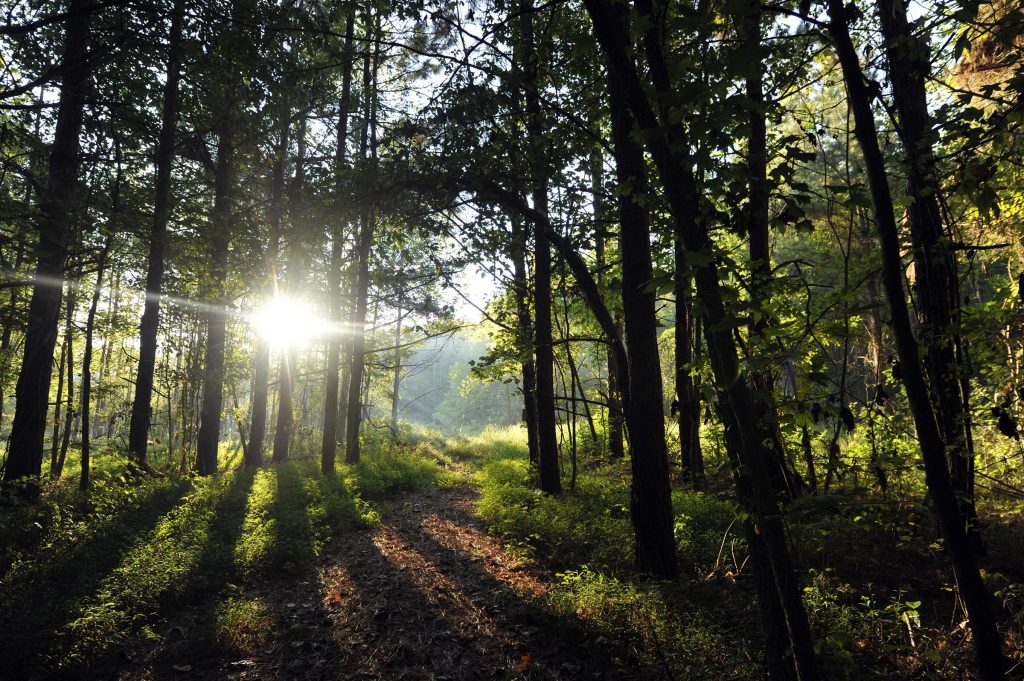What We Do

We conserve land in the beautiful Southern Piedmont of North Carolina. By conserving land, we are improving water and air quality, and protecting wildlife habitats, farmland and open natural spaces.
Open meadows, hardwood forests, working farms, bogs and marshes, streams, ponds, historical landmarks and breathtaking views — these features define the unique and amazingly beautiful character of our region.
As our landscape continues to change in the rapidly urbanizing Greater Charlotte Metro Region, the natural places we value as a community and define this regions character are steadily diminishing.
CLC is dedicated to helping balance the inevitable growth of our communities with the protection of those places that improve our quality of life, sustain our way of life and provide our communities with many ecological and environmental benefits.
Wildlife Habitat and Ecological Diversity
Protecting ecologically diverse natural habitats is of primary importance to CLC. As the only land trust serving this region, CLC has a responsibility to ensure that wildlife and various plant species thrive and our natural systems function properly. Many of CLC’s protected properties are designated natural heritage sites where biologists have identified uncommon natural communities.
Clean Water and Enhancing Water Quality
Safeguarding the region’s water supply and protecting the integrity of riparian buffers is another focal point for CLC, which has permanently protected land in the Mountain Island Lake Watershed, the main drinking water supply for Charlotte, Mount Holly, Gastonia and other local communities. Protecting river and stream frontage along the South Fork Catawba River, which flows through Catawba, Lincoln, and Gaston counties, has also long been a focus area for CLC.
Farmland and Open Space
In the last 20 years, North Carolina has lost approximately 2.8 million acres of farmlands and open space. Charlotte, the state’s largest metropolitan area, lost 26% of its total cropland and forestland for a staggering total of 300,000 acres, more than any other region in the state. CLC works with local farmers and landowners to preserve the rolling fields and wooded areas of our rural communities alongside agricultural land.
Connecting Lives to Nature
The Carolina Thread Trail offers our communities access to recreation and open space in many areas in our region. Through a community-focused approach, we work with communities to provide trails, greenways and blueways the provide better community connectivity, access to recreation and alternative transportation while providing a connection to nature.
Please consider giving a donation to Catawba Lands Conservancy. Every dollar helps us save land and improve our environment and quality of life. We appreciate your support.
